Are All Flours Created Equal?
Cake flour, bread flour, all-purpose flour—how do you know which is the best type to use for your recipe? We break it down.
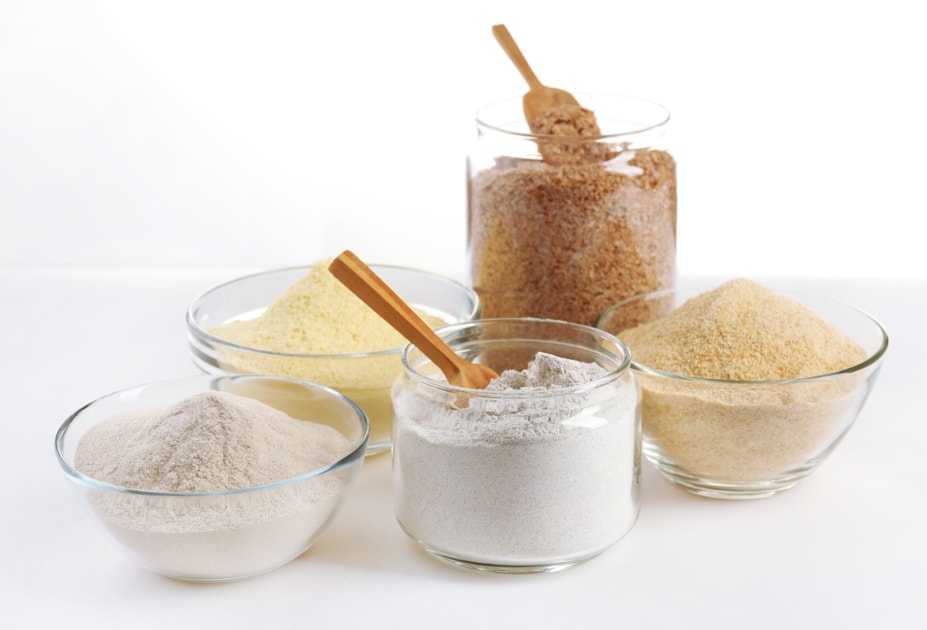
With many stores being out of flour, you might wonder if you can just choose another type for your baking needs. But are all flours created equal?
How Is Flour Created?
Flour is created when a dry grain is pulverized or milled. The most common varieties of flour are made from wheat, although any grain can be made into flour including rice, oats, corn, or barley.
It’s All About The Gluten
All-purpose flour may be a staple in your home, but there are many other varieties formulated for special uses. The main difference in the types of flour is the gluten content, which is dependent on whether the flour is made from soft or hard wheat. (Hard wheat is higher in protein than soft wheat.) Gluten is the protein processed from wheat and other grain species, and it’s what helps the yeast stretch and rise.
For some people, using specific flours for specific recipes warrants the optimal results.
Here’s a quick look at the many types of flour and their uses:
All-Purpose Flour
One of the most common and popular types of flour is the all-purpose variety. This flour comes from the finely ground part of the wheat kernel called the endosperm, which gets separated from the bran and germ during the milling process. It is made from a combination of hard and soft wheat, hence the term all-purpose.
This type of flour can be used universally for a wide range of baked products including cookies and quick breads, and is also used as a thickening agent in gravies.
Italian OO Flour (you may see it written and pronounced “Double Ott”)
Perfect for making pizza because of its high gluten content. It gives pizza crust that chewy, perfect consistency.
Bread Flour
This flour is made from hard wheat which has a higher gluten content which makes it a good choice for making yeast bread.
Pastry Flour
Pastry flour is a medium-protein flour. Fans of this flour believe it produces tender pie crusts. Pastry dough can become tough with too much protein and brittle if it has too little. Thus the medium-protein level in this flour is thought to be the best choice for baking pastries.
You can make your own pastry flour by combining one part cornstarch to two parts all-purpose flour.
Cake Flour
Cake flour is lower-protein flour that is great for making cakes and other baked goods because it gives you a very tender result. This is because it has low-protein content compared to other flours and less gluten forms when you mix it into a batter.
All-purpose flour can yield a great cake, but many believe that there is generally a noticeable difference in the texture when you bake a cake with cake flour. This kind of flour is especially good for white cakes and angel food cakes.
Don’t have cake flour? Make your own!
You can make your own cake flour. Measure out the all-purpose flour required for your recipe. For every cup of flour, remove 2 tablespoons, and then sift. Replace the 2 tablespoons of flour with 2 tablespoons of cornstarch. Then sift 5 times.
Whole Wheat Flour
Whole wheat flour is made by the grinding or mashing of the whole grain of wheat, also known as the wheat berry. Since it contains the whole grain, this flour contains all of the nutrients found in the wheat kernel and results in dense, hearty baked goods.
To substitute whole wheat flour for all-purpose, use 3/4 cup for each cup of all-purpose. When baking cakes with whole wheat flour, add an additional tablespoon of water or liquid to help with the heaviness.
Note: Whole-wheat flour should be kept in the refrigerator or another cool area as it can go rancid very quickly.
Self-Rising Flour
Self-rising flour contains baking powder, so you don’t need to add any leavening agents. It’s often used for quick breads, biscuits, muffins, and pancakes. To make your own, add 1½ teaspoons baking powder to 1 cup of flour.
Rice Flour
Rice flour (also called rice powder) is, as the name implies, a form of flour that’s made from finely milled rice. It is completely gluten-free and can be used for a variety of recipes. It can be used for a thickening agent in sauces, as breading, and is often the main ingredient in many noodles. You can choose white rice flour or brown, which is made from brown rice.
Another gluten-free flour is coconut flour, which is made from ground coconut solids that are leftover from the coconut meat in coconut milk production. This flour is also low in carbohydrates. It does have a coconut scent and flavor that will be carried over to your baked goods, and it absorbs a lot of the liquid in your recipe, so it’s not a good choice if you’re looking for an all-purpose flour substitute. Most recipes calling for coconut flour require more eggs than standard recipes.
This article was published by the staff at Farmers' Almanac. Do you have a question or an idea for an article? Contact us!

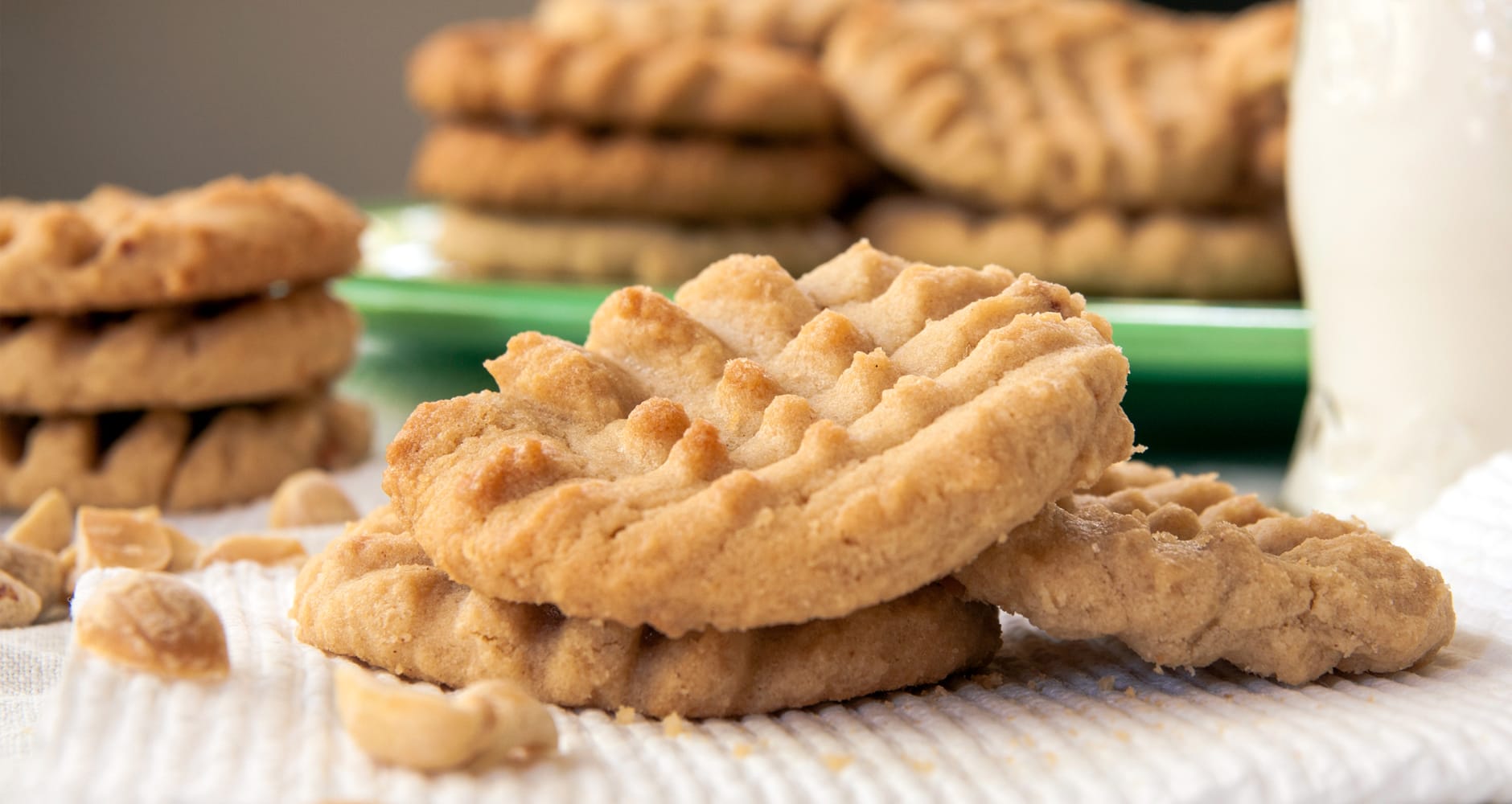

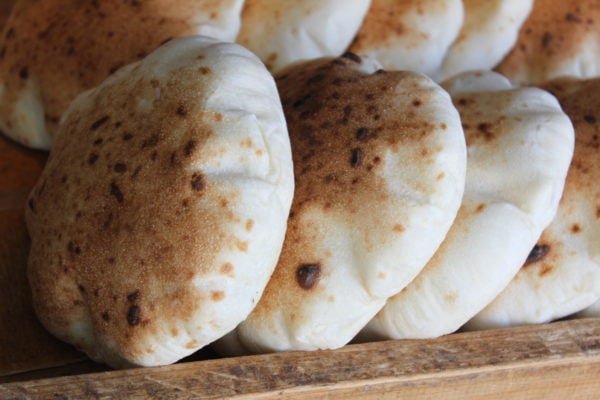
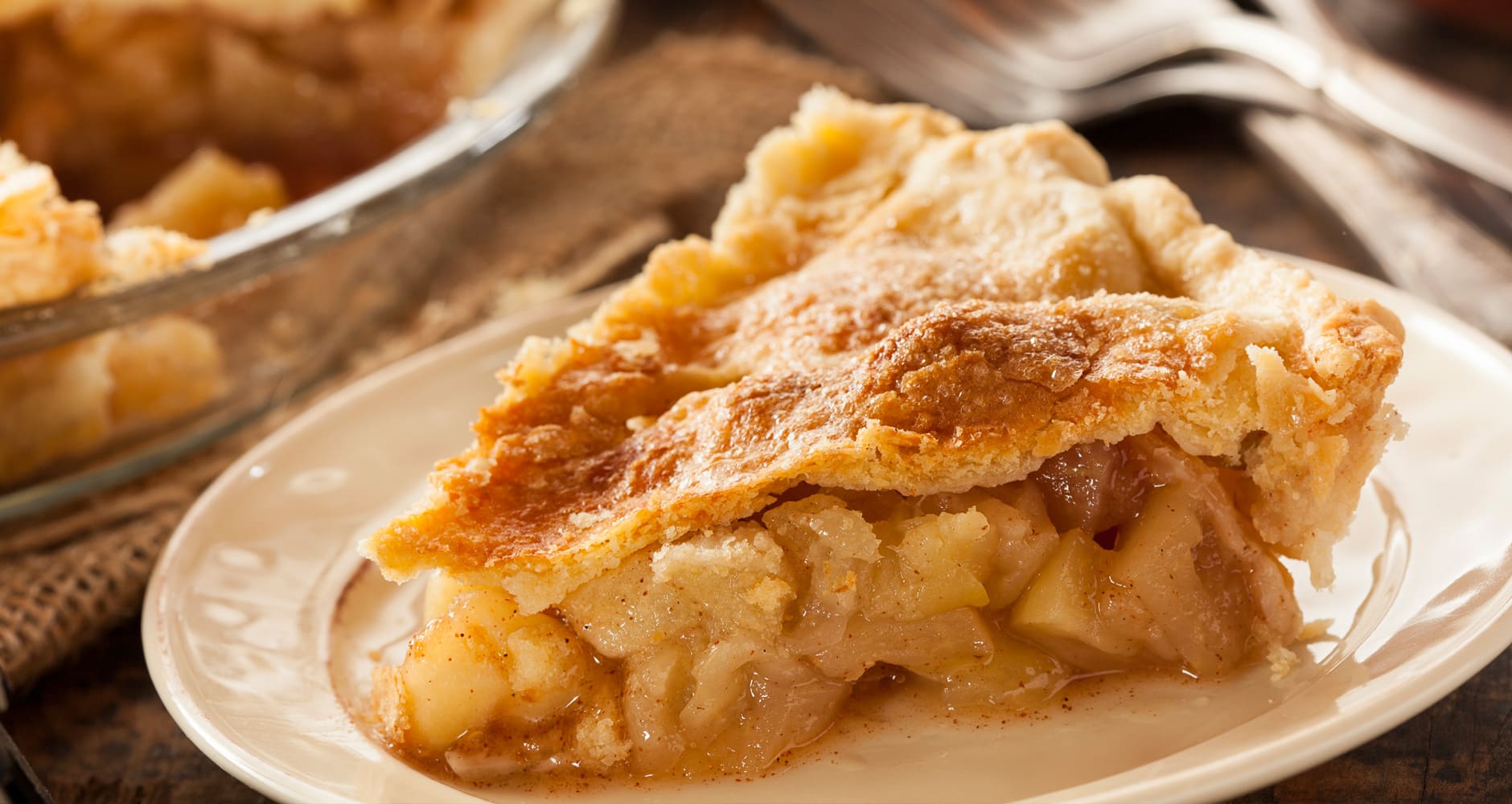
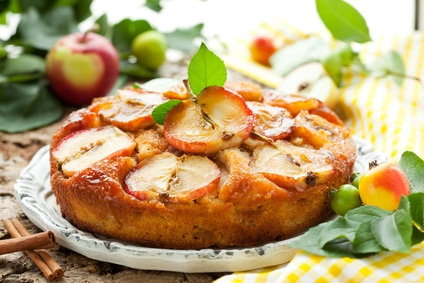
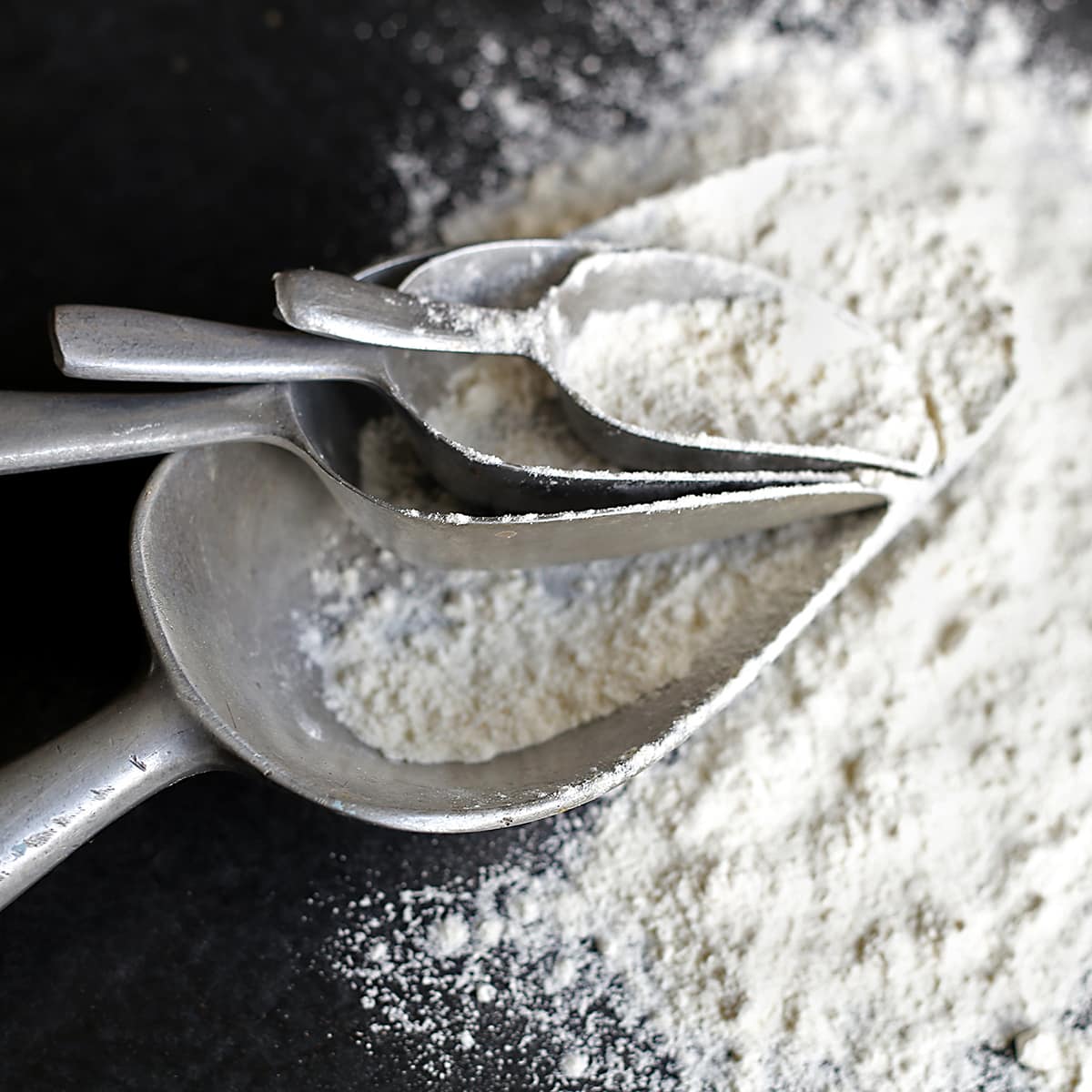
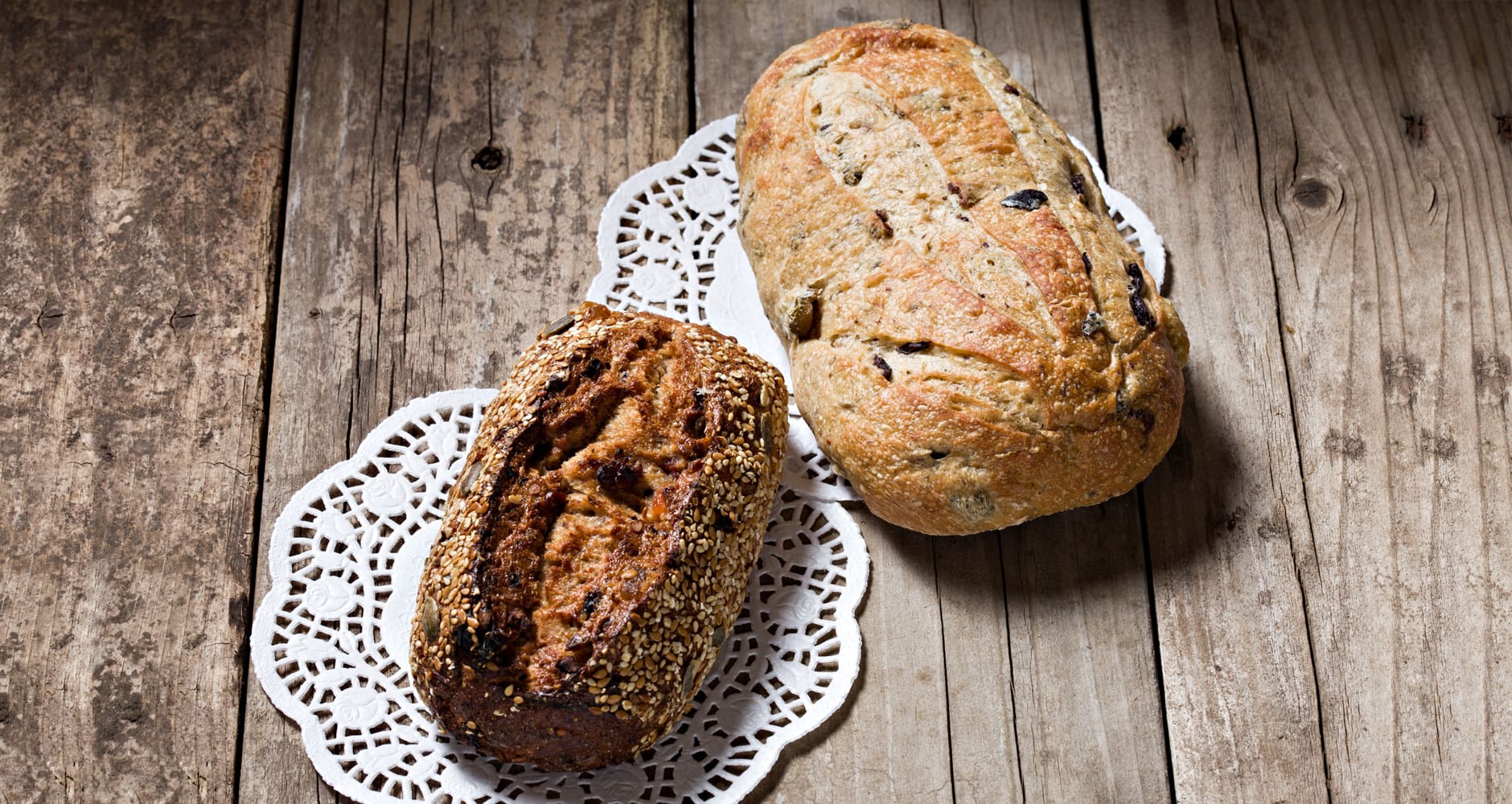
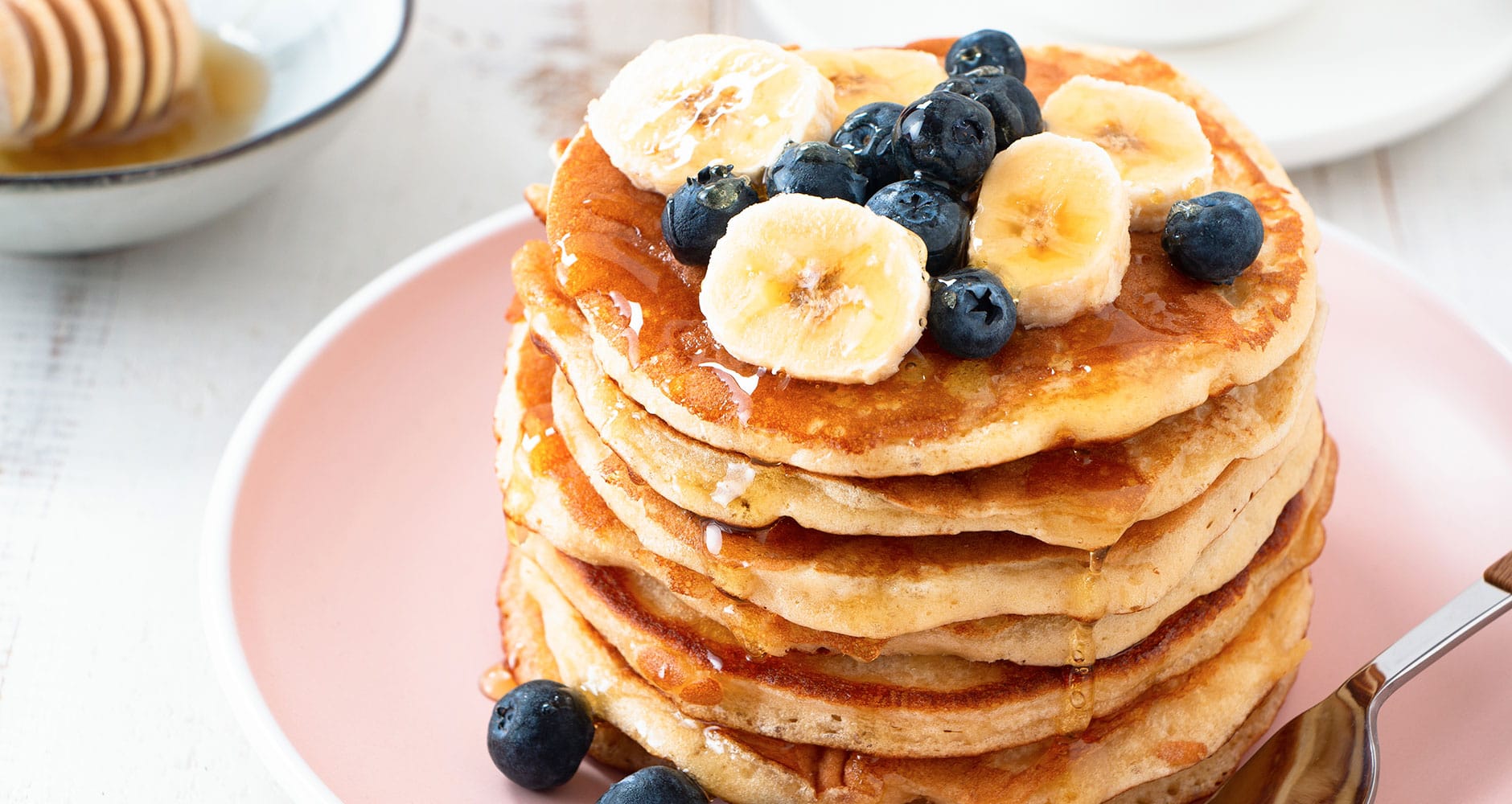
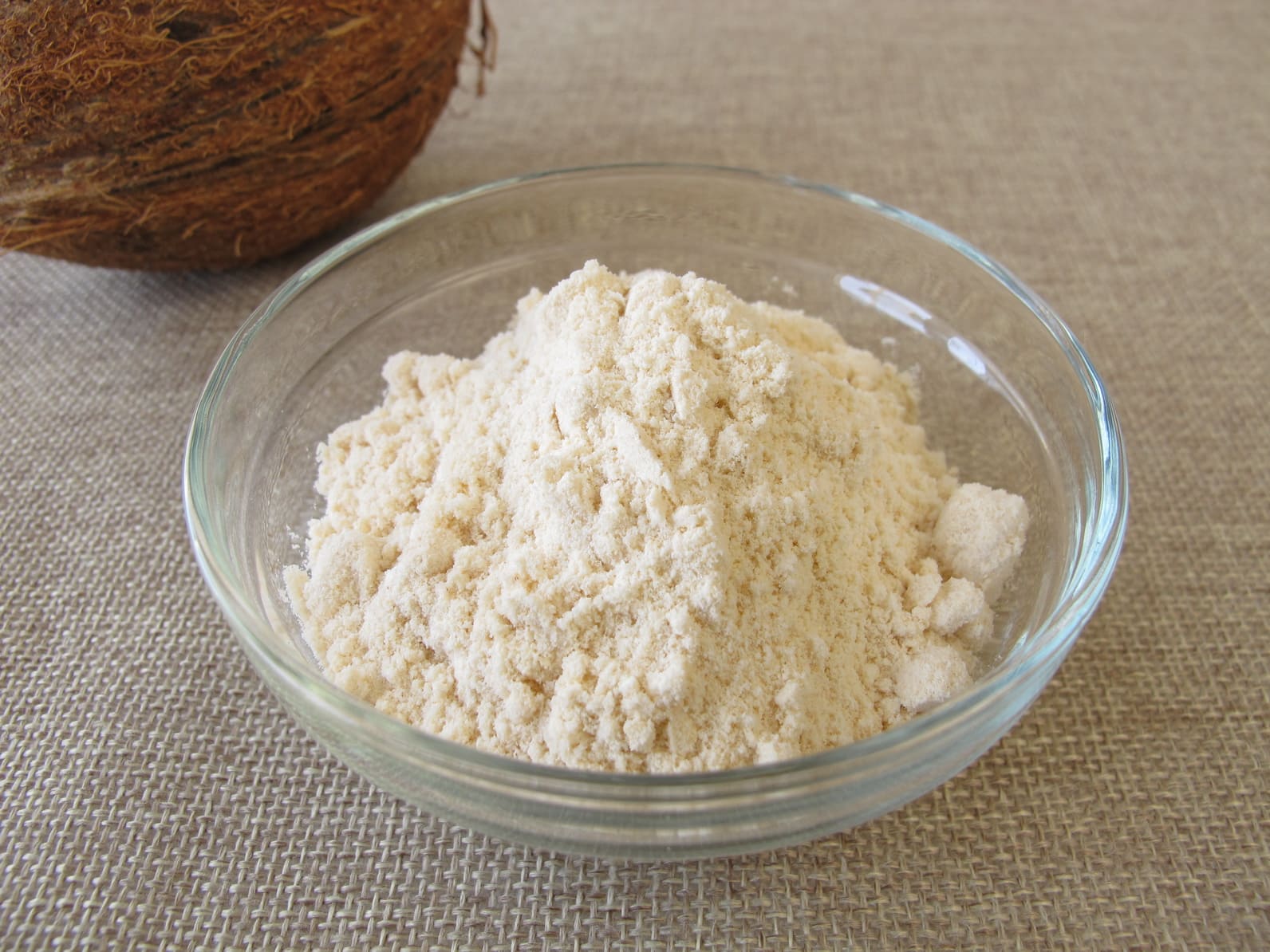






But yet no one mentioned the option of milling your wheat yourself and how it has the most nutrients and is actually really easy to do….
What kind of a mill do you use for this?